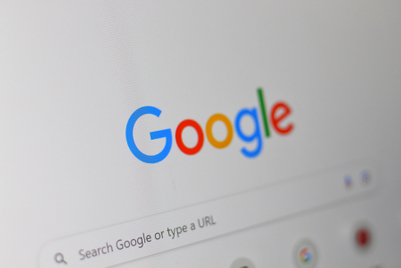
"Whether you define display as video advertising, mobile, laptop… we believe there’s the opportunity to grow the market from a $20 to $25 billion market to one worth $200 billion,” said Mohan in a phone interview with Campaign. This, he says, is why Google has been investing so heavily in the display ad space. “It’s a fairly large jump but we believe it’s entirely possible.”
Over the past few years, Google has acquired YouTube, DoubleClick, AdMeld, and Teracent, to name a few parts of the tech giant’s ad display universe. According to Mohan, Google also has hundreds of engineers working on their display advertising offering globally.
Until recently, getting a display campaign effectively up and running was a fairly complex process, involving quite a number of different steps. “About 28 cents of every media dollar is eaten up by friction between advertisers and publishers. Google has made it all much more simple,” said Mohan,
While display ads have been getting richer and more impressive, much of the work has been achieved with one-on-one work between publishers and agencies. “We’ve been working on technology that can take a single creative concept and create millions of permutations based on the user – who they are, what they’re doing and what they prefer. The days of rich ads ads running on one or two sites are over. We can deliver them to hundreds and thousands of publishers.”
Another factor that’s been holding the display ad market back, continues Mohan, is that until recently, display ads were static banner ads or pop-ups. “Now there’s a chance to create rich ads that people can really engage with.”
A yardstick Mohan likes to measure ad engagement by are the favourite commercials of childhood. “Everyone can rattle off a few, but no one remembers display ads that way. But the vision we have is for display to have that same connection,”
Finally, ads have always been measured by impressions and click-throughs. “It’s time to move beyond this and we’ve been working on ways to measure ads by levels of engagement, such as video ad formats, that tell the advertiser if the user watched the video and measures the actions within the ad itself. Most of all, we’re working to allow brand advertisers to be able to measure the brand lift associated with the display campaign.”
The future of display ads will see dynamic delivery where one creative idea can be multiplied thousands of times across the website. “It can change the background, combine pictures differently – based on the audience profile. It’s why we acquired Teracent for the technology that powers this dynamic aspect and it’s been integrated into our media network,” said Mohan. This technology has been launched in several markets and Google plans o introduce it to the Asian market early next year.
Display ads of 2012 will also be able to take full advantage of the interactivity of today’s tablets and mobiles — making full use of the touch aspect and intuitive engagement, he added.
Audience buying will also come into its own, said Mohan. “It’s been a huge field of growth for the display industry over the last couple of years, but has mostly been along the lines of retargeting which grew an average of 100 per cent every quarter over the course of last year.”
Besides refining its ability to track and measure audiences, the advances in audience buying is also tied to the high participation of publishers on Google’s ad exchanges. “We have over two million publishers on our AdSense network globally. Last year the participation rate was phenomenal with hundreds participating. It’s success is primarily due to the fact that delivers results. Publishers who participated posted 200 per cent more revenue (digital) after participating in our exchange,” said Mohan.
Publishers are also drawn by the system’s dynamic allocation technology, which Google acquired along with DoubleClick. “It’s used by premium publishers and it provides a tool that determines whether an ad space is worth more sold one-on-one or via an ad exchange or audience-buying platform.”
Besides investing in technology that supports advertisers, brands and publishers, Google is also looking to give the audience greater say, starting with its ads preference manager which allows consumers to be in full control of the categories of ads they receive, or to opt out altogether of ad-targeting if they prefer. “We’ve found in markets we’ve been monitoring that more often than not users change their preferences to make ads more accurate rather than opt out.”
One thing that Mohan is keen to emphasise is that Google isn’t setting out to compete with advertising agencies. “Google competing? Categorically no. Agencies are very close partners. In fact, any of the ad exchanges used by agency-holding companies are based on Google technology. We’re not aiming to compete but we’re aiming to help then develop to be agencies of the future.”


.jpg&h=334&w=500&q=100&v=20250320&c=1)


.jpg&h=334&w=500&q=100&v=20250320&c=1)
.jpg&h=334&w=500&q=100&v=20250320&c=1)


.png&h=334&w=500&q=100&v=20250320&c=1)




.jpg&h=268&w=401&q=100&v=20250320&c=1)




.png&h=268&w=401&q=100&v=20250320&c=1)